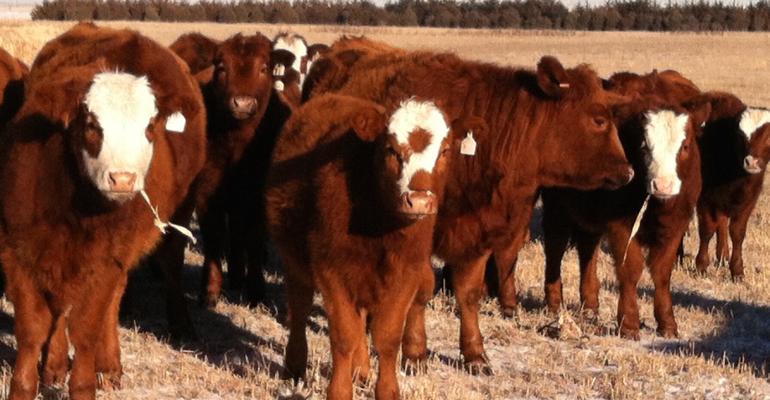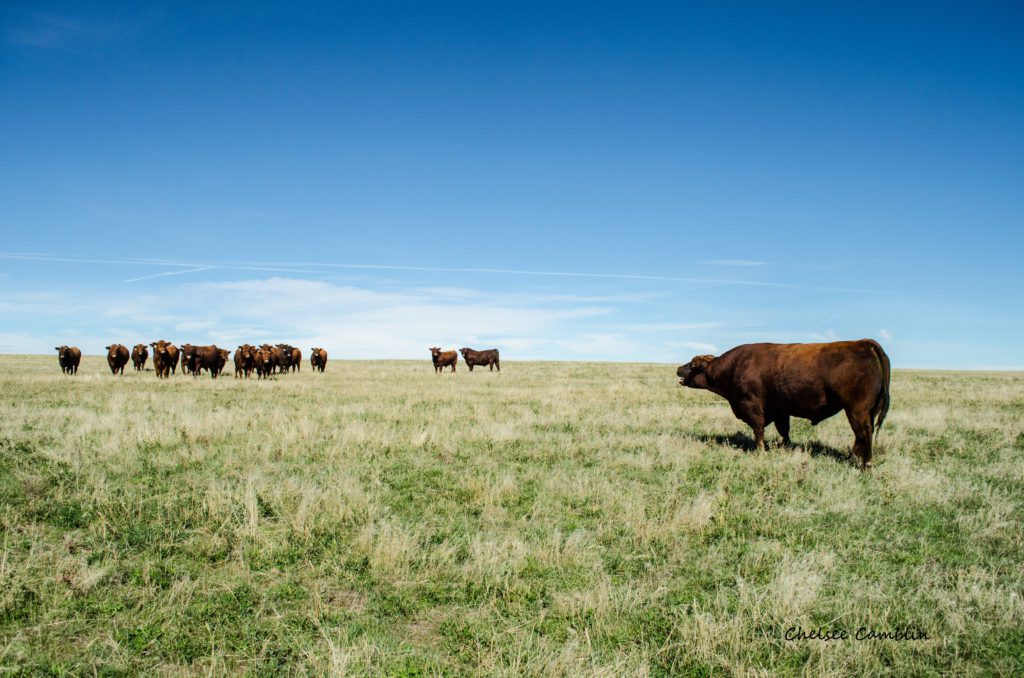When it comes to breeding heifers, you have to be on your toes in your management practices.
Early culling of open breeding heifers has several benefits to your cow-calf operations bottomline. Pregnancy can be diagnosed by palpation at 60 days and by ultrasound as early as 30 days, so now is the now is the time to take action and cull the open heifers.
In addition to reducing grazing pressure on drought stressed pastures there are several other long-term benefits. Typically we should expect well developed yearling heifers, at 65% of their mature weight, going into their first breeding season to conceive in a fairly short (45- 60 days) breeding season.
The easiest time in a beef breeding females life to get bred, should be as a well-developed yearling heifer. Because of this, culling open heifers as soon as possible leads to:
- Improving the long-term reproductive performance of your cow-herd. Reproductive traits are low in heritability; nevertheless, culling open heifers will improve the genetic potential for reproductive performance in your cow-herd by eliminating the sub-fertile heifers. From business standpoint, reproductive success (percent calf crop weaned) is of critical economic importance in the cow-calf sector.
- Culling open yearling heifers right now still gives them the potential to be marketed as yearlings. At this age they still have the potential to finish out while in the A maturity group and harvest as fed cattle reaching the most valuable Quality Grades (Choice and Prime).
It is a best management practice to breed heifers to calve a little ahead of our mature cow herd. It permits us to concentrate our management efforts during the heifer’s calving season and, as importantly, to give them a little extra time to breed back and calve on schedule the following year. With this in mind, hold your replacement heifers accountable and cull opens as soon as practical to save on feed bills, capture their maximum value and improve the fertility of your cow herd.
Source: Oklahoma State University, Mark Z. Johnson, Oklahoma State University Extension | Sep 19, 2022








